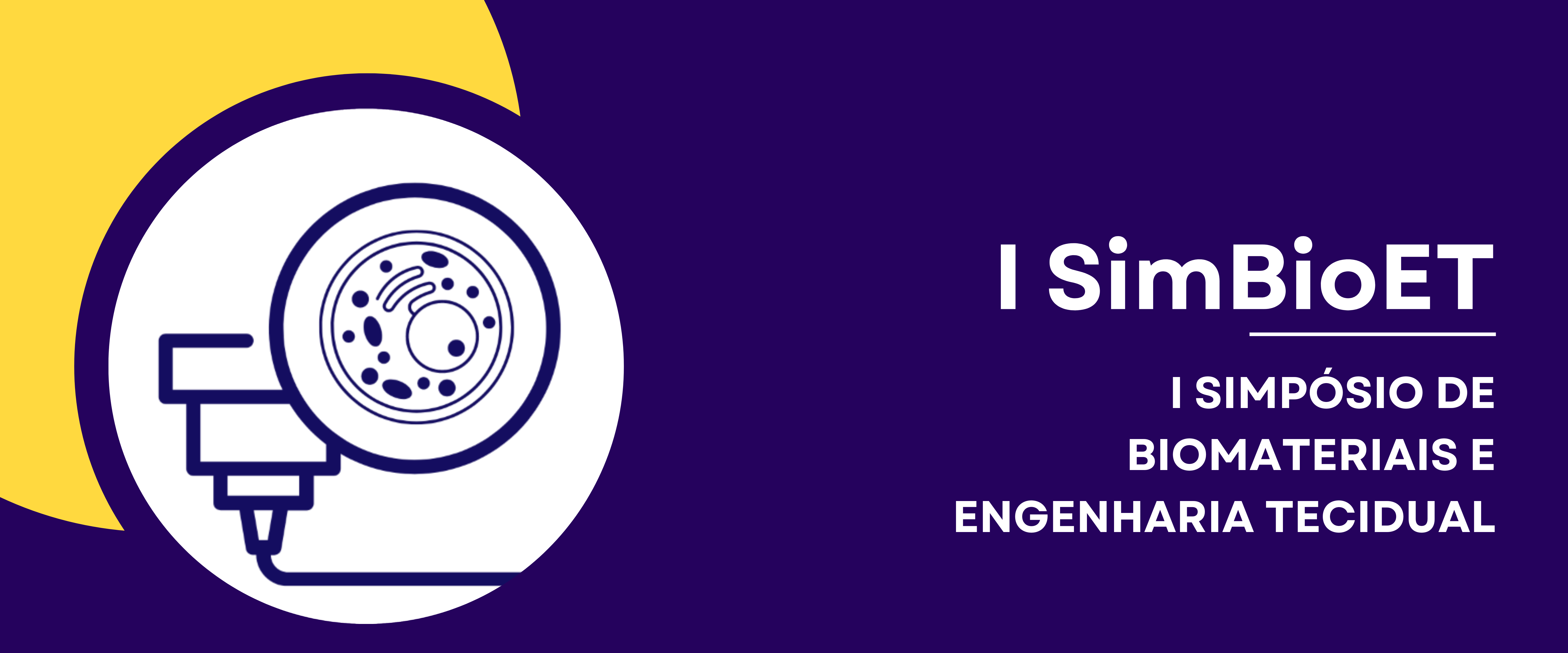Olá a todos!
O Prof. Dr. Reinhard Köster gentilmente respondeu às perguntas referentes a sua palestra transmitida no primeiro dia do I SimBioET.
Agradecemos às contribuições a partir dos questionamentos e disponibilizamos as respostas abaixo.
————
1- The most enduring part of this talk is that the zebrafish can be used as a model for the neurodegenerativedesign model. About the limited size of the zebrafish, would it be possible to use it to apply 3D bioprinted materials and evaluate regenerations with physical damage to the brain? (Ester Matos)
This should be possible. Yet, the challenging part would be how to implant such material due to the small size of the larvae.
Probably the best place would be the ventricle of the hindbrain. We recently published a protocol how to remove the overlying skin to perform patch-clamp recording on neurons of the cerebellum.
Maybe this approach would also work to first cause physical damage and then to implant bioprinted material, since the zebrafish tolerate this skull opening well and redevelop a skin within one day.
|
|
2- What are the challenges in imaging zebrafish when testing different compounds for regeneration? Is there a device or platform that facilitates this process? (Nayara Rezende)
This is a good question regarding the throughput of compound studies. Compounds can be administered manually through injection into the vasculature or by micromanage into the stomach and intestine. But this is challenging and time-consuming. Best would be an administration into the water/rearing medium.
There is a platform available for automated phenotype analysis. The Vast BioImager Platform which is offered by Union Biometrics. Here larvae can be incubated in 96-well plates together with compounds. The larvae and then aspirated one by one into a tube which transports the larvae to a microscope and into a glass capillary. An onboard camera detects that a zebrafish larvae is passing by and the flow is stopped such that the larvae is housed inside the glass capillary directly on the stage of a microscope. Subsequently, the glass capillary rotates, a camera records a number of images which are used to calculate the position of the larva. Then the larvae is oriented in any position that the researcher has wishes for and an automated image capture series is started (either transmitted light or fluorescence microscopy). Then the flow in the tube is continued the larva is returned into the same will of the 96-well plate and the next larva is imaged. We have such a Vast BioImager in the lab, but unfortunately, we are not using it extensively. It would need somebody dedicated to establish automated screening routines.
|
|
3- In parallel with animal models using mice and rats, how can inflammatory processes be assessed in zebrafish? Can this process also be induced like transgenic models to evaluate neurodegeneration? (Cristiano Jayme)
Great question and zebrafish is in fact perfectly suited for addressing such questions. Gliosis, marked by the up regulation of the GFAP protein in glia, can be directly observed in vivo with the help of a transgenic reporter strain gfap:GFP. Inflammation by activation of microglia is also a valuable approach. Several transgenic zebrafish strains exist with GFP-expression in microglia. Here it can be actively monitored how microglia approach degenerating neurons, interact with them, engulf them and finally phagocytose them. Anti-inflammatory substances (that are able to pass the blood-brain-barrier) would be valuable drugs to ameliorate neuroinflammation accompanying neurodegeneration.
Most beautiful research has been done by Francesca Peri in this field.
https://www.mls.uzh.ch/en/research/peri/research.html
|
|
4- Is it easier to establish a process for transposing in vivo trials to clinical trials in humans based on experiments with zebrafish due to their correspondence with the human genome? (Antonio C. Tedesco)
Yes, here I think zebrafish has great potential. Around 70-80% of genes causing diseases in humans are conserved in zebrafish. Understanding the mechanisms underlying the cause of the disease, which is nicely possible in zebrafish due to the ability to conduct cell biological studies in vivo, will provide better molecular targets for drug discovery. In some aspects zebrafish may even be more informative than mice. For example, mice are nocturnal animals, zebrafish is a diurnally active vertebrate like humans. The major sense of zebrafish is visual orientation like in humans while mice mostly use olfactory input.
I do not see zebrafish as a model organism to develop candidate drugs that are afterwards tested directly in humans.
Usually compound screening starts with automated cell based assays in which several hundred thousands drugs can be tested. From these a shortlist of a few hundred potential hits can be derived. But this number is too large for drug testing in mice, which would be too laborious and too expensive.
Here zebrafish can come in due to the large number of offspring, the many available transgenic reporter strains and the possibility for screening compounds with moderate throughput. Besides testing for a wished activity, drug testing in zebrafish will provide information about potential toxicity and side effects, bioavailability of drugs, dosage and pharmacokinetics in a live vertebrate at the same time within a few days.
From such studies maybe 3-5 compounds will appear with superior performance and this number is small enough to continue testing in mice or primates.
Therefore, I see zebrafish as a model to speed up the pipeline of drug discovery and to eliminate compounds during an early stage that may later fail clinical trials.
A few small companies have actually been founded to provide such initial drug testing and validation using zebrafish larvae.
